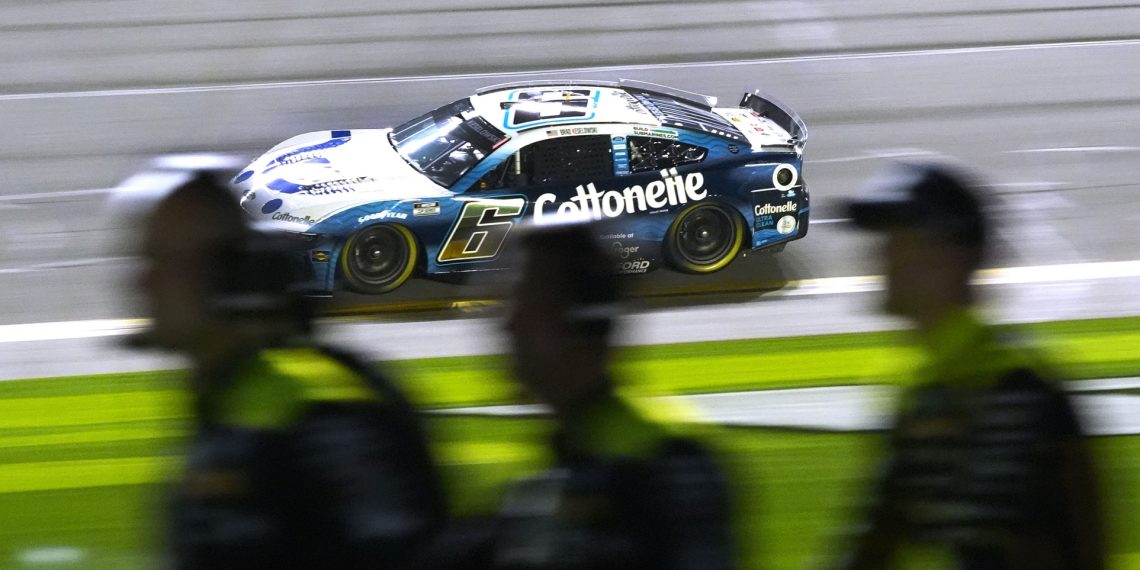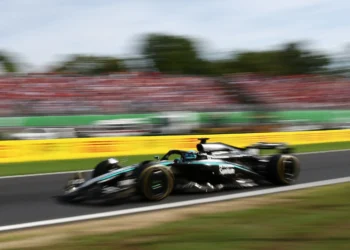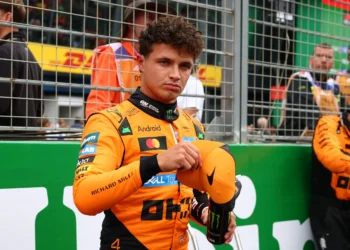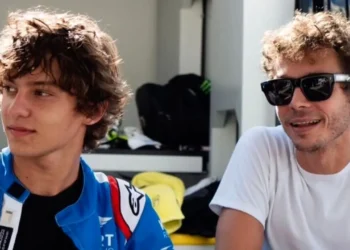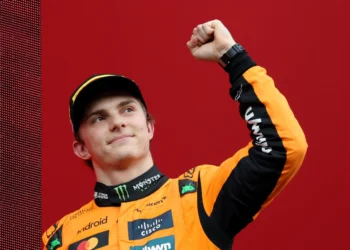As the Daytona 500 looms, a brewing controversy over NASCAR’s practice restrictions has drivers speaking out—should teams have the choice to practice or not?
The 2025 NASCAR season is barely underway, and yet, the sport is already facing sharp criticism from some of its most respected figures. With just days to go before the Daytona 500, one burning issue has sparked debate in the garage: the lack of adequate practice time.
Since COVID-19 forced NASCAR to cut down practice sessions in 2020, teams have been left with just 25 minutes of on-track time before most races. Even for Daytona, the sport’s biggest spectacle, NASCAR has only doubled that window to 50 minutes—a far cry from the two-hour sessions teams once had.
For Brad Keselowski and Dale Earnhardt Jr., this isn’t just an inconvenience—it’s a serious competitive problem that could be hurting the quality of racing.
Dale Jr.’s No-Nonsense Solution: Let Teams Decide
As JR Motorsports makes its historic Cup Series debut this weekend, Dale Earnhardt Jr. has plenty at stake. He knows that new teams and underfunded outfits need practice to level the playing field. That’s why he’s backing Brad Keselowski’s call for longer practice sessions—but with a flexible, common-sense twist.
“Here’s an idea,” Earnhardt Jr. wrote on social media.
“Open the track up for practice. If you don’t want to practice, you don’t practice. If you want to practice, you practice. Crazy idea I know, but would you believe they used this method for decades with no real complaints.”
It’s a simple but powerful argument: Let teams choose if they want to use track time instead of forcing a one-size-fits-all policy that doesn’t serve everyone.
Keselowski’s Warning: Practice is “100% Necessary” for NASCAR’s Future
Brad Keselowski, an outspoken advocate for increased practice sessions, doubled down on the issue after experiencing trouble in Daytona 500 practice.
His warning was clear:
“100% necessary for the long-term health of Motorsport.”
Keselowski’s concern isn’t just about driver preparedness—it’s about NASCAR’s entire future.
- With limited on-track practice, teams rely heavily on expensive simulation technology to prepare.
- That means cost-cutting doesn’t actually happen—it just shifts spending to virtual modeling instead of real-world experience.
- Smaller teams still struggle while top-tier organizations like Joe Gibbs Racing and Team Penske gain an even greater edge.
And Keselowski should know—he’s both a team owner and driver at RFK Racing. If anyone understands the financial and competitive impact of limited practice, it’s him.
What’s NASCAR’s Endgame? Cost Savings vs. Competitive Integrity
NASCAR’s official reasoning for cutting practice sessions has always been about cost control. But does it actually save money?
Keselowski explained the problem perfectly back in 2024:
“We put a lot of money and time into race car simulation. Whether that’s simulating the car statically with how it would perform aerodynamically in consideration to other things or whether it’s kind of a multi-body physics model, which is simulating the car going around the track.”
Translation? Teams aren’t spending less money—they’re just spending it in different ways. And some would argue that real-world track time is a much better investment than computer models that can’t fully replicate race conditions.
The Fallout: Could NASCAR Reverse Course?
This isn’t the first time drivers have clashed with NASCAR over practice time, but with superstars like Earnhardt Jr. and Keselowski leading the charge, the conversation has reached a new level.
With the Daytona 500 just days away, the controversy is gaining traction—and if more drivers speak out, NASCAR may be forced to rethink its rigid stance on practice sessions.
One thing is certain: the debate is far from over, and if drivers keep pushing the issue, NASCAR could soon be facing its biggest policy reversal in years.

